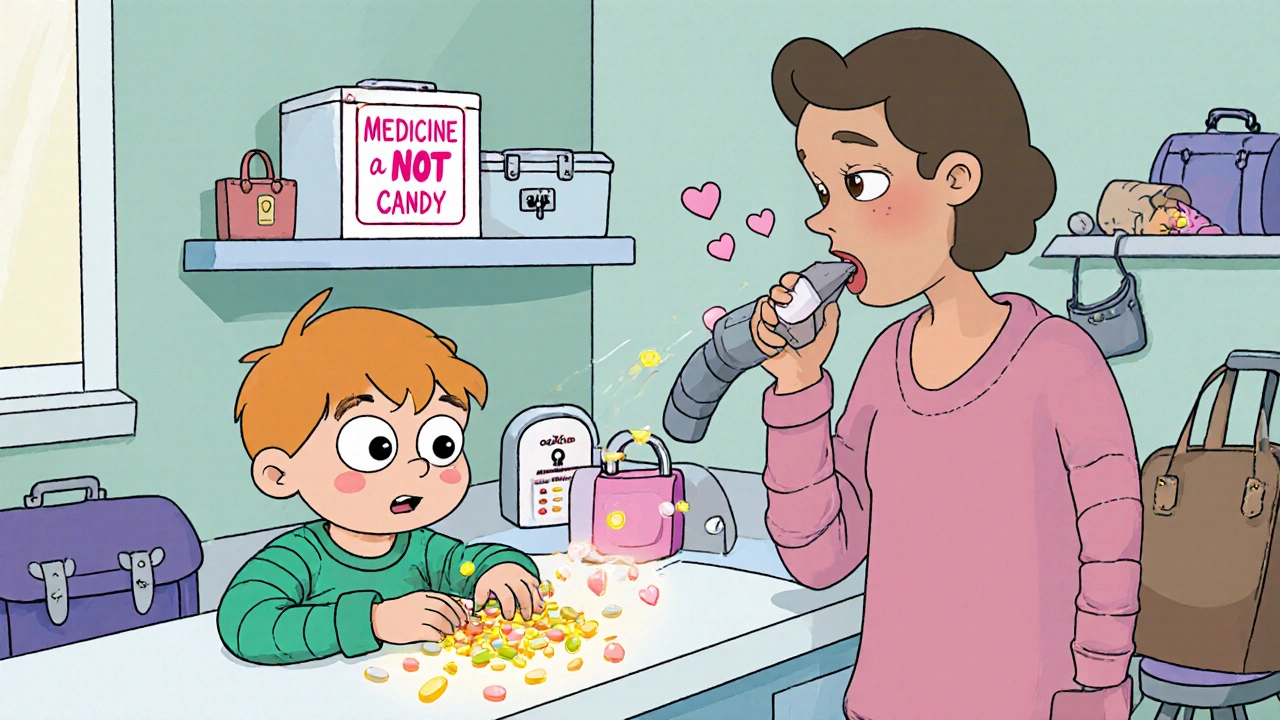Medicine Storage at Home: Safe Ways to Keep Your Pills and Supplies Effective
When you store medicine storage at home, the way you keep your pills, liquids, and patches affects how well they work and whether they’re safe to use. Also known as drug storage, it’s not just about putting bottles in a cabinet—it’s about controlling heat, moisture, light, and access. Many people keep their meds in the bathroom or on the kitchen counter, but that’s often the worst place. Humidity from showers and heat from stoves can break down active ingredients. A pill that looks fine might lose half its strength in just a few months if it’s stored wrong.
Some medications need cold storage—like insulin or certain antibiotics—while others, like nitroglycerin, lose power fast if exposed to air or light. Even something as simple as keeping pill organization, how you sort and label your daily doses. Also known as medication tracking, it helps prevent double-dosing or skipping pills can make a big difference. People on multiple prescriptions often mix up their meds, especially as they age. Using a daily pill box, writing expiration dates on containers, and keeping a simple list of what you take can prevent dangerous mistakes. And don’t forget kids and pets. A child who finds a bottle of painkillers or a dog that eats a box of antidepressants can end up in the ER. Lockable cabinets or high shelves aren’t optional—they’re essential.
Temperature matters more than you think. The FDA says most medicines should be kept between 68°F and 77°F. Your garage, near a window, or above the fridge? Too hot. Your fridge? Only if the label says so. Some liquid antibiotics, like amoxicillin, go bad if frozen. Others, like epinephrine pens, stop working if left in a hot car. If you’re traveling, carry your meds with you—not in checked luggage. Heat and pressure can ruin them. And never transfer pills to unmarked containers. That pill that looks like a vitamin could be a powerful blood thinner. Always keep the original bottle with the label.
Expired meds? Don’t flush them or toss them in the trash without checking local disposal rules. Many pharmacies take back old prescriptions. If yours doesn’t, mix them with coffee grounds or cat litter, seal them in a bag, and throw them out. This keeps them from getting into water supplies or falling into the wrong hands. If you’re unsure about how to store something, check the package insert or ask your pharmacist. It’s not a waste of time—it’s a way to make sure your treatment still works when you need it most.
Below, you’ll find real-life guides on tracking side effects, avoiding dangerous drug mixes, and keeping your meds safe in everyday situations—all the little things that add up to better health at home.

Teaching Children About Medication Safety at Home and School
Haig Sandavol Nov 16 8Teach children how to stay safe around medicines at home and school with age-appropriate rules, storage tips, and practical tools. Prevent accidental poisonings before they happen.
More Detail